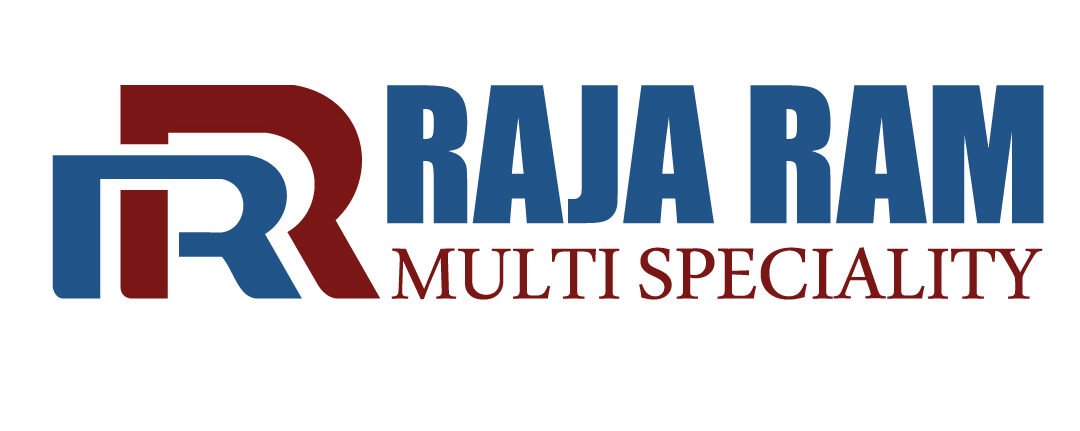Advancements in Hearing Health: Exploring the World of Computerized Audiology.
Computerized audiology represents a revolutionary stride in the field of hearing healthcare, blending cutting-edge technology with the expertise of audiologists to assess, diagnose, and treat hearing-related disorders. With the integration of sophisticated computer systems, this approach enhances the accuracy, efficiency, and personalization of audiological services. In this article, we delve into the realm of computerized audiology, exploring its key components, benefits, and the transformative impact it has on the lives of individuals with hearing impairments.
To Know More About It Please Click Here
Understanding Computerized Audiology
Computerized audiology involves the use of advanced computer technology to conduct comprehensive assessments of an individual’s hearing abilities. This method replaces traditional audiometric testing with digital platforms that can analyze and interpret a wide range of auditory functions, providing audiologists with detailed insights into a patient’s hearing health.
Key Components
- Audiometry Software:
- Computerized audiometry software allows for precise and standardized measurement of hearing thresholds.
- Enables audiologists to customize and adapt tests based on individual needs.
- Otoacoustic Emissions (OAE) Systems:
- Computerized OAE systems measure the response of the inner ear to sound stimuli.
- Facilitates early detection of hearing loss, particularly in newborns and young children.
- Speech Audiometry Software:
- Computerized speech audiometry assesses an individual’s ability to hear and understand spoken words.
- Provides valuable information for the diagnosis of hearing disorders and the fitting of hearing aids.
- Real Ear Measurement (REM) Technology:
- Ensures optimal hearing aid fitting by measuring the sound level in the ear canal.
- Enhances the customization and effectiveness of hearing aid prescriptions.
Benefits of Computerized Audiology
- Precision and Accuracy:
- Computerized systems offer highly accurate and repeatable measurements, reducing the margin of error in hearing assessments.
- Efficiency and Time Savings:
- Automated testing processes streamline audiometric evaluations, allowing for quicker diagnosis and treatment planning.
- Customization of Treatment Plans:
- Detailed digital data enables audiologists to tailor treatment plans, including hearing aid prescriptions and rehabilitation programs, to individual needs.
- Early Detection of Hearing Issues:
- OAE systems and other computerized tools facilitate early identification of hearing impairments, enabling timely intervention.
- Remote Monitoring and Teleaudiology:
- Computerized audiology supports remote monitoring of hearing health, making it more accessible for individuals in remote areas or those with mobility challenges.
Future Trends and Implications
As technology continues to evolve, the future of computerized audiology holds promise for even more sophisticated diagnostic tools and treatment options. Artificial intelligence (AI) integration, teleradiology advancements, and the development of personalized hearing healthcare plans are likely to shape the landscape of audiology in the coming years.
Conclusion
Computerized audiology represents a pivotal shift in the way hearing healthcare is delivered, combining the expertise of audiologists with the precision of digital technology. This synergy not only enhances the accuracy of assessments but also opens new avenues for personalized and efficient treatment strategies. As the field continues to evolve, computerized audiology stands as a beacon of hope for individuals with hearing impairments, offering them a clearer and more personalized path to improved hearing health.
For any further queries, Plz visit https://drshravan.in/or you can check our social media accounts, Instagram








